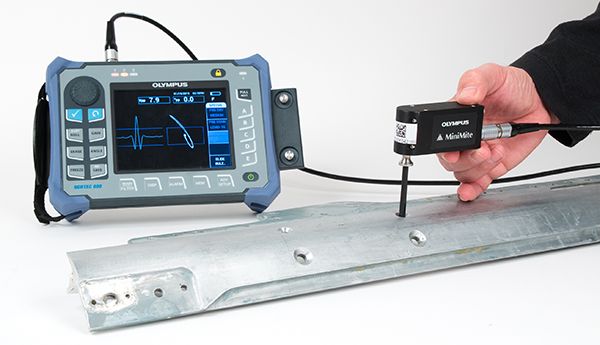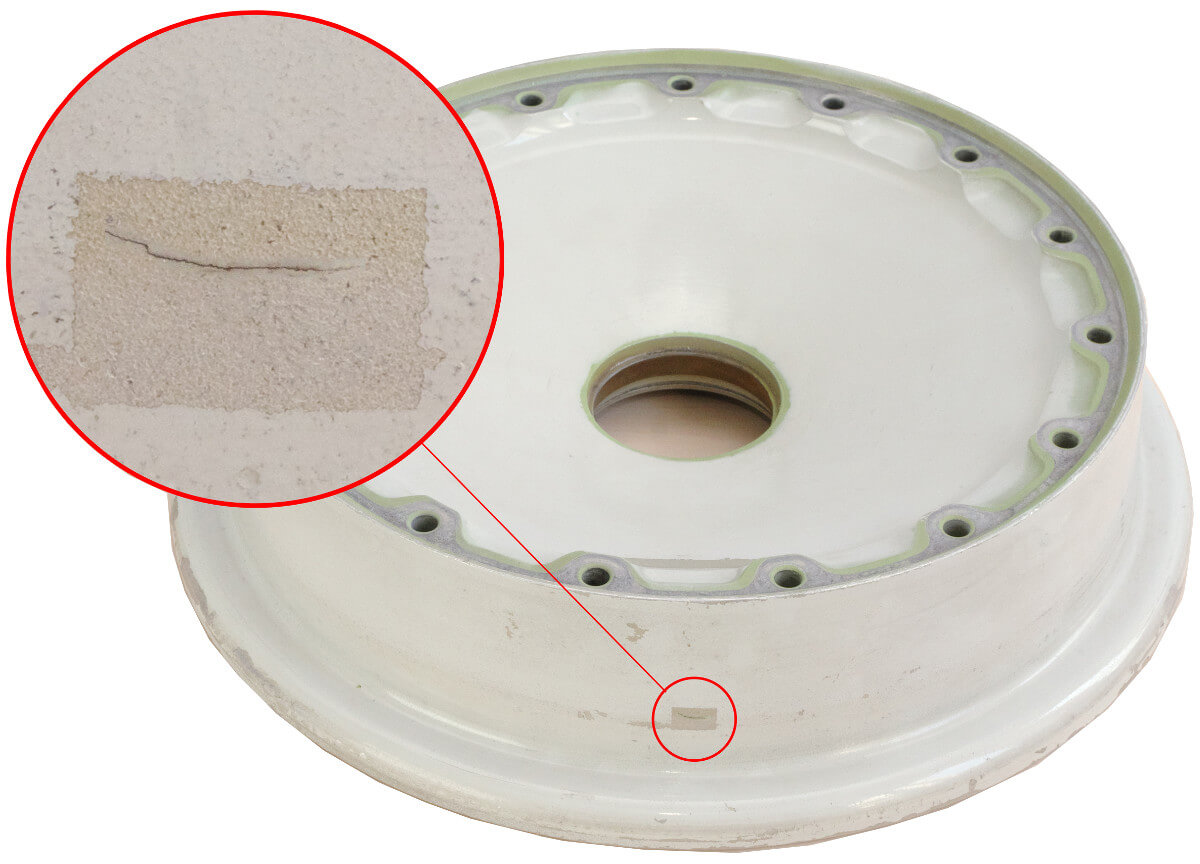Eddy Current Testing

In Eddy current testing, a coil carrying an AC current is placed close to the specimen surface, or around the specimen. The current in the coil generates circulating eddy currents in the specimen close to the surface and these in turn affect the current in the coil by mutual induction. Flaws and material variations in the specimen affect the strength of the eddy currents
Best NDT Inspection Technologies Pte Ltd provides a variety of Eddy current Testing services including High & Low frequency inspection for crack detection, Conductivity measurement & non conducting coating thickness on aircraft structures and components.
Advantage
- Flaw detection(crack, corrosion, de-bond)
- Metal Sorting
- Electrical Conductivity
- Coating, Plating, Cladding & thin sheet thickness measurement
In eddy current testing, a coil carrying an AC current is placed close to the specimen surface, or around the specimen. The current in the coil generates circulating eddy currents in the specimen close to the surface and these in turn affect the current in the coil by mutual induction. Flaws and material variations in the specimen affect the strength of the eddy currents.
The presence of flaws etc is therefore measured by electrical changes in the exciting coil. Both voltage and phase changes can be measured, but some simpler instruments measure only the voltage changes.
The strength of the eddy currents produced depends on the:
- Electrical conductivity of the specimen
- Magnetic permeability (for a ferromagnetic specimen)
- Stand-off distance between the specimen and coil
- AC frequency used in the exciting coil
- Dimensions of the coil and specimen
As well as the presence of flaws, and much of the success of eddy current testing depends on separating the effects of these variables. Most eddy current instruments require calibration on a set of test specimens and the flaw sensitivity can be very high.
Equipments vary from simple portable meter read-out instruments to more complex oscilloscope read-out displaying both phase and voltage; recently the outputs have been digitised to produce fully-automated computer-programmed equipment with monitored outputs for high-speed testing.
Applications vary from crack detection, to the rapid sorting of small components for either flaws, size variations or material variation. Many applications are to bar, tube and wire testing. Metal sorting is also a common application of eddy current testing.

